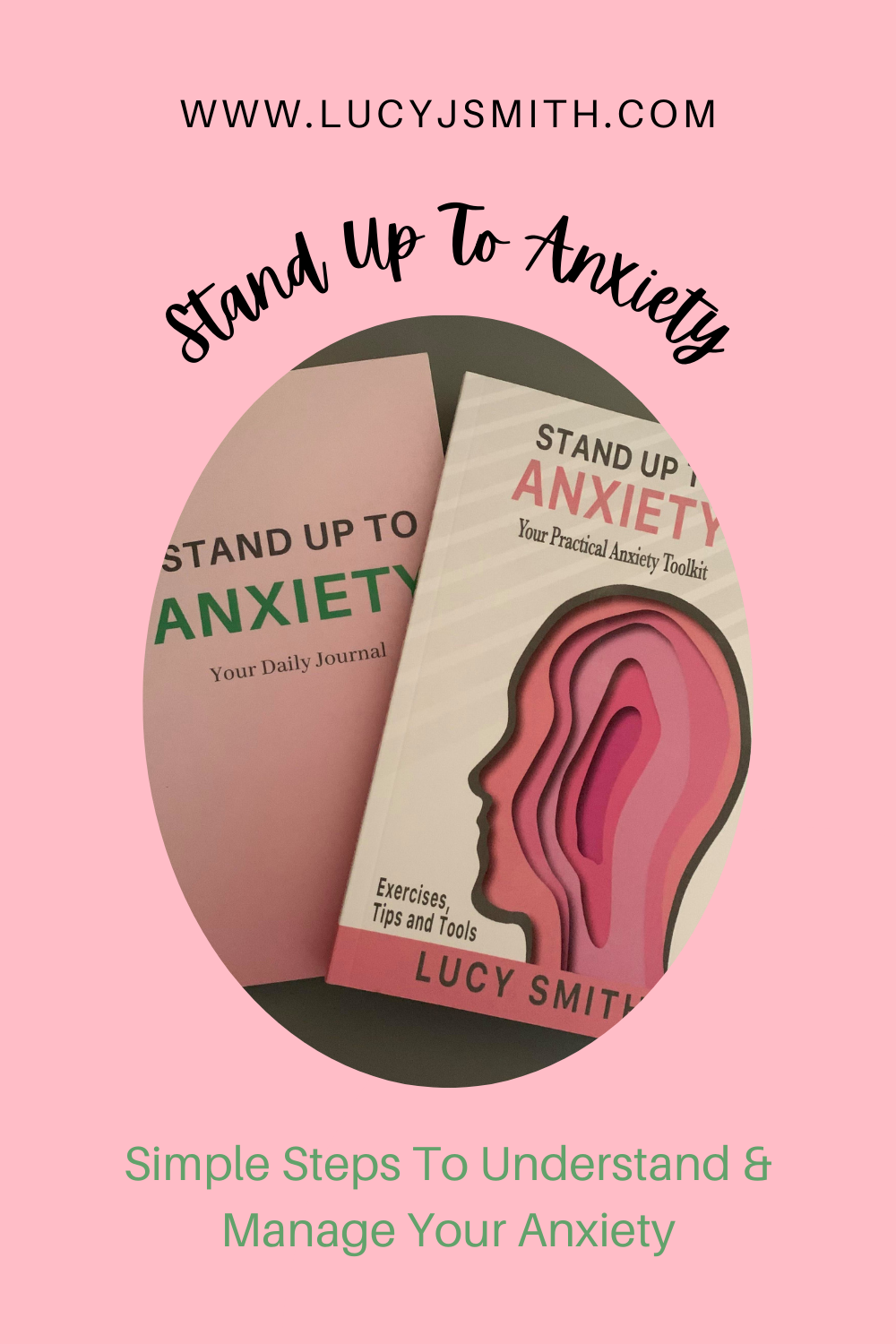I always felt shy and like I lacked confidence throughout school. However this turned into more when I left school and started working. I began feeling a lot worse. Sometimes feeling like I couldn’t leave the house and like my body was out of my control.
At the time I didn’t know what it was. After an awful experience while in a busy supermarket where I felt completely out of control (feeling sick, shaking, sweating, crying) I finally made the decision to phone the doctors.
The next week I was diagnosed with severe anxiety and depression. It was explained to me that I was having panic attacks, particularly triggered by driving and being in busy public places. This was the first I had heard of anxiety, it wasn’t talked about back then and I didn’t know anyone who had anxiety.
The counsellor recommended a book for me on mindfulness, I ordered it, keen to learn more about my anxiety and how I could start managing it. However when the book arrived it was huge and contained a lot of words I didn’t understand. It was too much for me to take in.
I began to look for simpler, easier to understand resources online. I read every article, watched every video, listened to every podcast and I began to piece together how I could manage my anxiety.
Fast forward to now and I feel completely in control of my anxiety. Yes, I still have anxiety, it still gets triggered and I still have panic attacks but now I am equipped with my anxiety toolkit to help me manage it better.

I’m going to share with you some simple steps to begin to understand your anxiety, based on my book Stand Up To Anxiety.
Understand Your Anxiety
What triggers your anxiety? (Events, people, situations) for example being in a crowded shop.
What symptoms do you experience when you feel anxious? (Physical, cognitive, behavioural) for example sweating, overthinking and avoidance.
Manage Your Anxiety
What tools have you used to help manage your anxiety? Which work and which don’t?
Put together a physical list of all the tools and techniques that help and use them when your anxiety is triggered.
Top Tip: Use your symptoms as a warning sign to start using your anxiety toolkit.
I hope you found these simple tips useful, spend some time reflecting on the questions and create a physical list of all your answers. Your answers to these questions will become your anxiety toolkit which you should keep up to date with new symptoms, triggers and tools that help.
If you’d like more support from me with your anxiety order the Stand Up To Anxiety book on Amazon. You can also grab your copy of the Stand Up To Anxiety Journal on Amazon to help you implement these steps every day.

